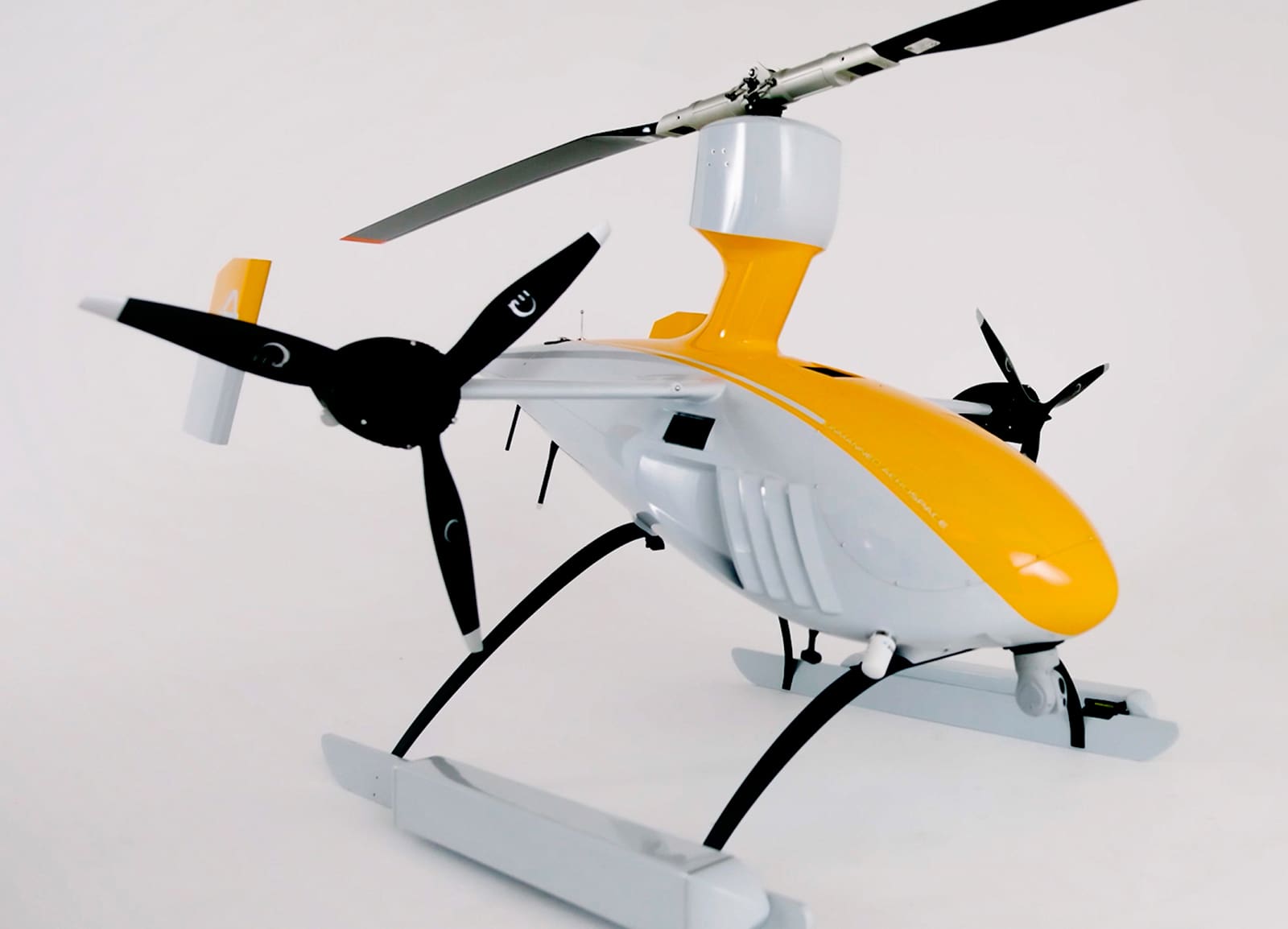Unmanned Aerospace is gaining national attention for its pioneering work in hydrogen-electric rotorcraft technology. Aviation Week, a leading authority in aerospace and defense, recently spotlighted the company’s GH-4—a vertical takeoff and landing (VTOL) gyrocopter purpose-built for uncrewed cargo missions.
According to the article snippet, the U.S. startup is “preparing to begin pilot production of a hydrogen-electric uncrewed cargo gyroplane designed for ship-to-ship and ship-to-shore deliveries.” The GH-4 has been developed and tested with funding support from the U.S. Navy, reflecting the defense sector’s growing interest in scalable, low-maintenance logistics platforms that reduce operational costs and environmental impact.
A New Class of Rotorcraft
The GH-4 represents a radical departure from traditional helicopter architecture. Its patented design eliminates the swashplate and other complex moving parts, reducing both mechanical failure points and maintenance requirements. As a result, the aircraft offers long-endurance flight with significantly lower energy consumption; ideal for naval resupply missions in contested or remote environments.
With hydrogen-electric propulsion and autorotation in forward flight, the GH-4 combines quiet operation, green energy and high maneuverability in a robust, mission-ready platform.
Designed for Real-World Demands
Currently transitioning from prototype to pilot production, the GH-4 is poised to serve a wide range of operational needs, from shipboard delivery to forward-deployed logistics. Its compact footprint, external cargo storage and rapid deployment capability make it uniquely suited for ship-to-shore and ship-to-ship operations where space, time and precision matter.
The Aviation Week feature further underscores the GH-4’s strategic relevance and growing visibility within both military and commercial markets.
